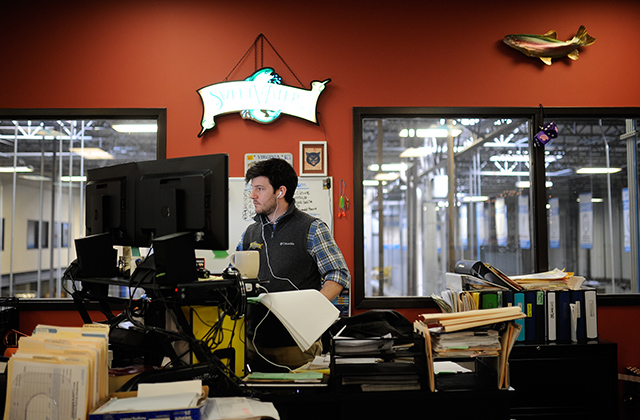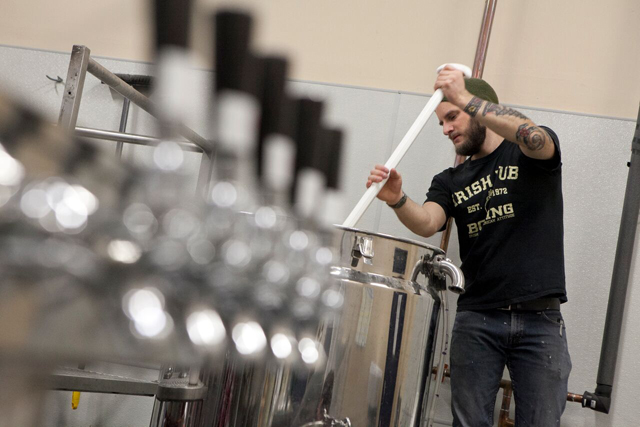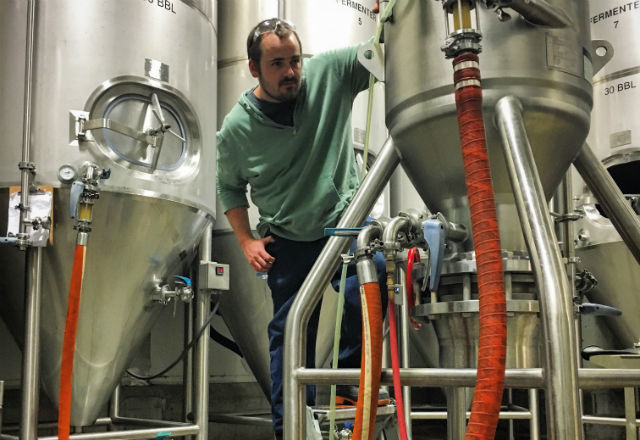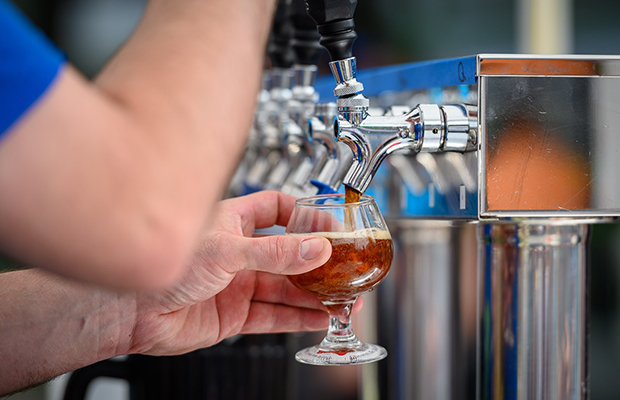
Can software help in your brewery’s development? Sure, technology can help manage or improve many aspects of process. Those all come with a price that some breweries don’t believe can be a financial benefit especially early in development. Yet implementing software used in developing process management can be one aspect to consider.
Mission Brewery still does what Jeremy Castellano calls “manual” number crunching.
“We’ve implemented Ekos for COGS and yield tracking, but overall, our production and QC is a manual effort with heavy use of Excel spreadsheets for their versatility and compatibility across devices and operating systems,” the brewery’s Lead Brewer/Quality Assurance Director said.
Core brands can be simple to determine – forecasting is based on prior and current brand recognition and sales trends. Seasonal numbers may need adjustments considering changes in the market and seasonal demands. Forecasting is also dependent on data analysis from the database software. In Payette Brewing’s instance, they use DIP.
“All year long consumer preferences change the landscape of styles, seasonalities, and establishment preferences,” they said. “Breweries have to adapt to trends in the industry, consumer patterns, and being aware of when to make shifts in products.
“We do this by emphasizing the reputation of a sustainable overall brand and capitalizing on opportunities to refresh the image and message depending on the market.”
Basing production forecasts solely on historical volume and recent trends was not good enough for Summit Brewing‘s Stuart Johnson, the brewery’s Director of Planning, Fulfillment and Systems.
“We couldn’t run this business ‘in our heads’ any longer. … [It] was leading to inventory problems,” he said.
Summit found a new approach to forecasting through software that they couldn’t have replicated on their own. Being able to automatically import VIP depletions, along with demand forecasting, inventory optimization, and replenishment planning, the software also improved the speed and accuracy of the brewery’s sales and production forecasting.
“The new information generated provides a much deeper analysis of trends to apply the best match going forward,” Johnson said. “We can then layer any sales initiatives on top of that, which gets us to a point of looking up to 12 months out with a higher degree of accuracy.”
Being creative and “hands-on” people, Sixpoint Brewery has created powerful tools that not only make its jobs easier but make the Brooklyn, New York brewery better at what it does.
With forecasting, in particular, Adam Gordon, the Director of Brewing Operations explained to Brewer that he takes wholesaler depletion data — in combination with shipping data — over the last year and a half and “segments the hell out of it.”
“[We are] analyzing wholesaler trends, seasonality, and comparative trends to give us the best possible prediction of how much beer we need to make,” he said. ”We’ve also developed tools for yield tracking that allow us to assess losses for different steps over time, making the projected yields we use for our forecasting model more accurate the more we brew.”
Other examples of tools Sixpoint has created for data consumption include a hop futures modeling tool and a recipe formulation tool; the brewery utilizes these regularly and they’re continuously changing and updating to best suit the brewery’s needs.
“We rarely purchase software,” Gordon said. “We try to build our tools ourselves as much as possible.
“Doing so provides us with total control and allows us to customize what we’re building and manipulate the data in any way we want.”
And, he added, it saves a buck or two on the bottom line.




Be the first to comment